Archives
- 2025-11
- 2025-10
- 2025-09
- 2025-04
- 2025-03
- 2025-02
- 2025-01
- 2024-12
- 2024-11
- 2024-10
- 2024-09
- 2024-08
- 2024-07
- 2024-06
- 2024-05
- 2024-04
- 2024-03
- 2024-02
- 2024-01
- 2023-12
- 2023-11
- 2023-10
- 2023-09
- 2023-08
- 2023-07
- 2023-06
- 2023-05
- 2023-04
- 2023-03
- 2023-02
- 2023-01
- 2022-12
- 2022-11
- 2022-10
- 2022-09
- 2022-08
- 2022-07
- 2022-06
- 2022-05
- 2022-04
- 2022-03
- 2022-02
- 2022-01
- 2021-12
- 2021-11
- 2021-10
- 2021-09
- 2021-08
- 2021-07
- 2021-06
- 2021-05
- 2021-04
- 2021-03
- 2021-02
- 2021-01
- 2020-12
- 2020-11
- 2020-10
- 2020-09
- 2020-08
- 2020-07
- 2020-06
- 2020-05
- 2020-04
- 2020-03
- 2020-02
- 2020-01
- 2019-12
- 2019-11
- 2019-10
- 2019-09
- 2019-08
- 2019-07
- 2019-06
- 2019-05
- 2019-04
- 2018-11
- 2018-10
- 2018-07
-
P has three subfamilies CYP CYP and
2020-12-08

P450 has three subfamilies (CYP1, CYP2, and CYP3), which contribute largely to the oxidative biotransformation of xenobiotics that include most drugs, dietary chemicals, and environmental pollutants. The CYP1 enzymes have great importance in the bioactivation of mutagens and its isoforms are capable
-
Several single nucleotide polymorphisms SNPs in humans affec
2020-12-08
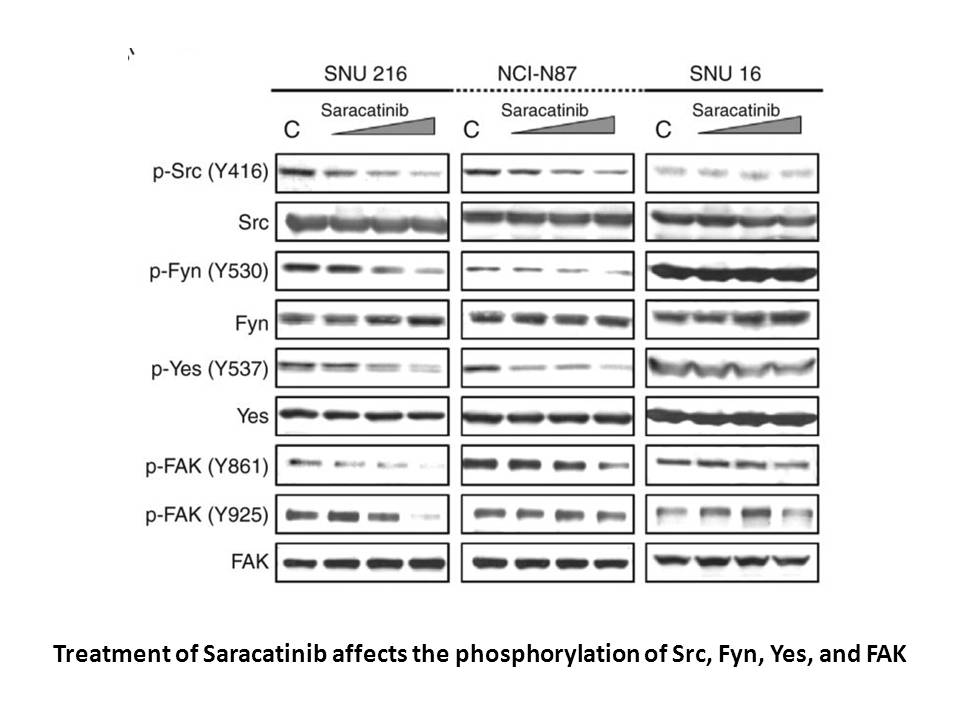
Several single nucleotide polymorphisms (SNPs) in humans affect CYP3A expression and activity (Lamba et al., 2002). The CYP3A4 SNP rs2740574 (also referred to as CYP3A4*1B, by The Human Cytochrome P450 (CYP) Allele Nomenclature Database, http://www.cypalleles.ki.se/) is a change in the promoter regi
-
br CDK Inhibitors for the Treatment of inflammatory
2020-12-08
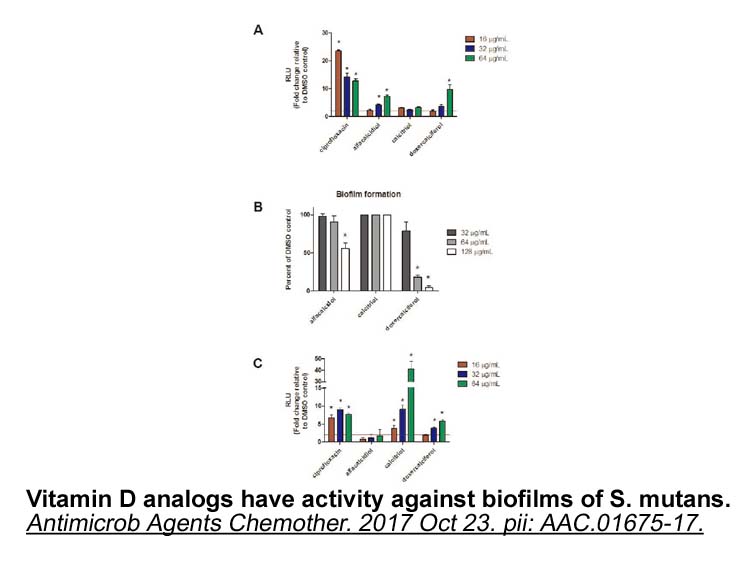
CDK Inhibitors for the Treatment of inflammatory Diseases Several CDKs have been implicated as regulators of inflammatory gene expression. It will thus be very important to determine the relative contributions of the various CDKs and their kinase function on a systematic basis. This work will be
-
These evidence prompted us to
2020-12-08
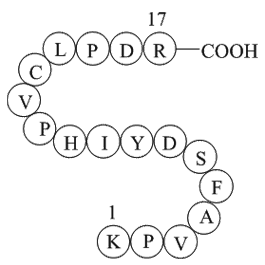
These evidence prompted us to investigate the effectiveness of CT-133, a newly discovered, well-tolerated, selective and potent CRTH2 antagonist, as a treatment of ALI. CT-133 has shown a potential response in treating chronic obstructive pulmonary disease (COPD), allergic rhinitis and Z-VEID-FMK sa
-
The mechanism underlying the increased PON levels found
2020-12-08

The mechanism underlying the increased PON1 levels found in greenhouse workers may be accounted for by an increased protein Kartogenin following pesticide interaction with different nuclear receptors as also occurs with other chemicals, such as polyphenols and statins [28]. A number of nuclear rece
-
br Material and methods br Results
2020-12-08

Material and methods Results Discussion The present study shows that peripheral administration of the nonpeptidic corticotropin-releasing factor CRF1 receptor antagonist CP-154,526 before a social defeat inhibits the development of CPP induced with a subthreshold dose of cocaine and reverse
-
br Experimental br Results and discussion
2020-12-08
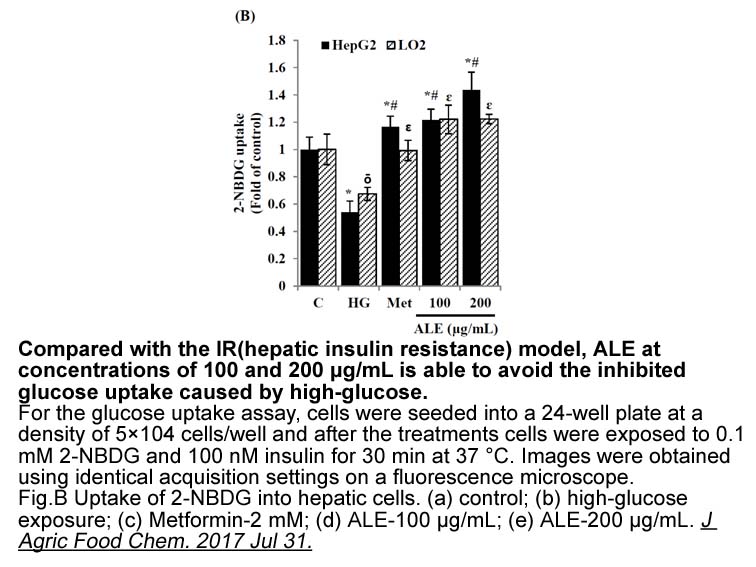
Experimental Results and discussion Fig. 2 shows schematically the fundamentals of the developed HRP-P4-(P4)-anti-P4-Protein-G-MBs/SPCE immunosensor. Oriented immobilization of anti-P4 was accomplished onto Protein G-MBs due to the Protein G binding ability with the Fc region of many mammals i
-
Since the aggregation of neurotoxic forms of
2020-12-08
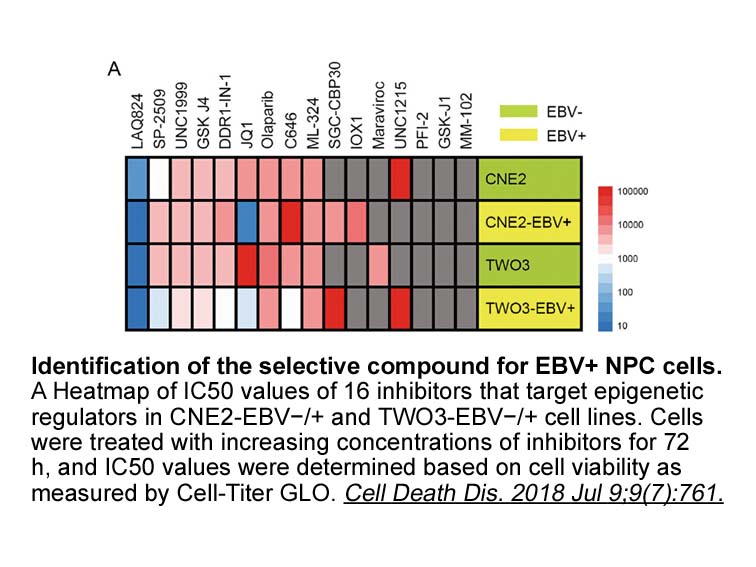
Since the aggregation of neurotoxic forms of Aβ plays a pivotal role in AD pathogenesis, an approach that using small molecules to bind Aβ monomers and prevent their assembly into cytotoxic oligomers attracts great interest for the development of AD drugs. Therefore, the potential inhibitory activit
-
In the intestine absorbed cholesterol can either be esterifi
2020-12-08
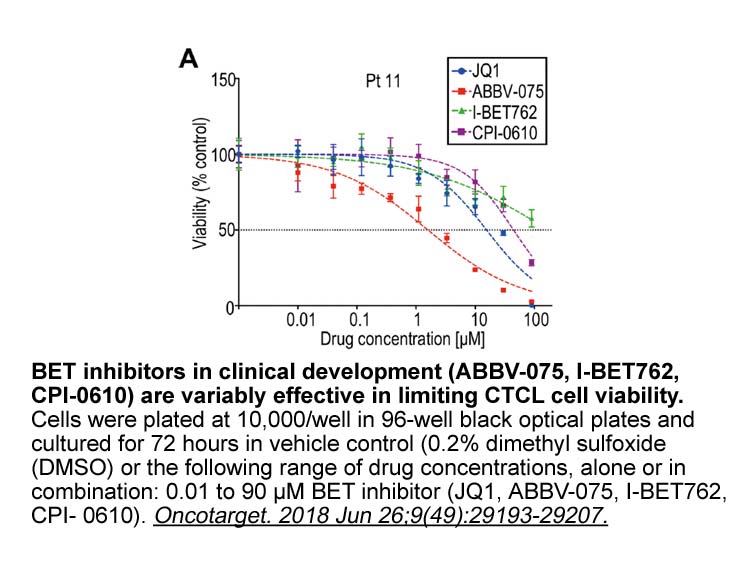
In the intestine, absorbed cholesterol can either be esterified by ACAT2 (Soat2) and packed into chylomicrons, transported back to the intestinal lumen by ABCG5/ABCG8, or it can be transported into HDL by ABCA1. ACAT2 is confined to enterocytes and hepatocytes and esterifies cholesterol for intracel
-
An ideal CHK inhibitor would be minimally cytotoxic while en
2020-12-08
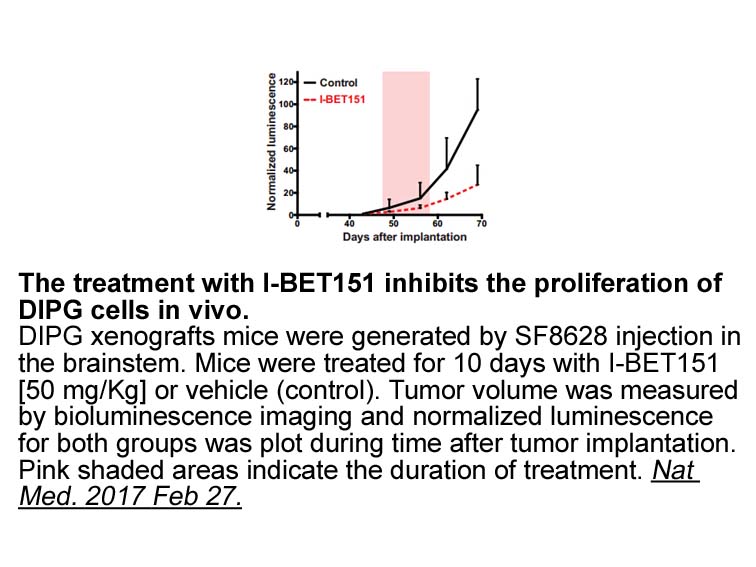
An ideal CHK-1 inhibitor would be minimally cytotoxic, while enhancing the anti-tumor effect of a real cytotoxic agent that would be used in combination with the inhibitor. Our CHK-1 inhibitors have shown excellent selectivity over a panel of kinases including those regulating the cell cycle, but th
-
Angiomatoid fibrous histiocytoma originally described as ang
2020-12-07
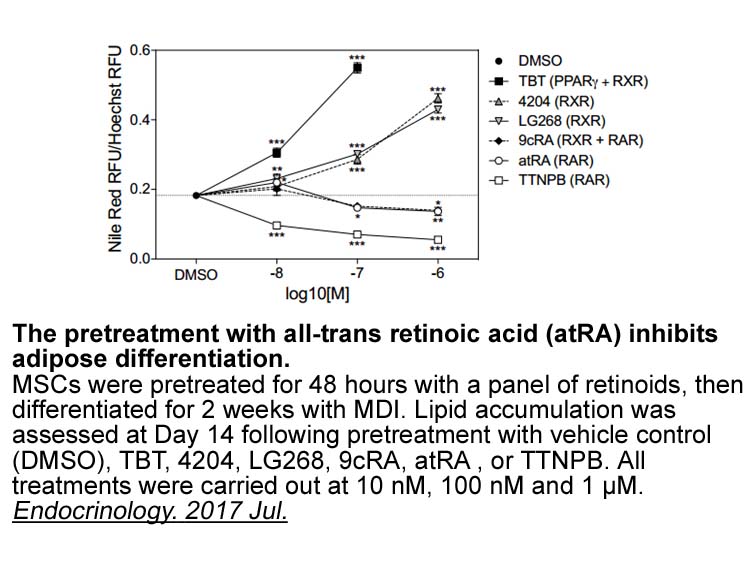
Angiomatoid fibrous histiocytoma (originally described as angiomatoid malignant fibrous histiocytoma) is a soft tissue tumor of intermediate biologic potential. AFH typically arises within extremity deep dermis and subcutis in children and young adults,157, 158, 159 but can arise in older adults and
-
So far several important flovonoids and polyphenoilc compoun
2020-12-07

So far, several important flovonoids and polyphenoilc compounds were subjected to various human studies regarding their potential therapeutic and adverse effects (Ide et al., 2014; Turner et al., 2015; Witte et al., 2014) (Table 1). Resveratrol (trans-3,4, 5-trihydroxystilbene) is widespread stilbe
-
br STAR Methods br Author Contributions br
2020-12-07
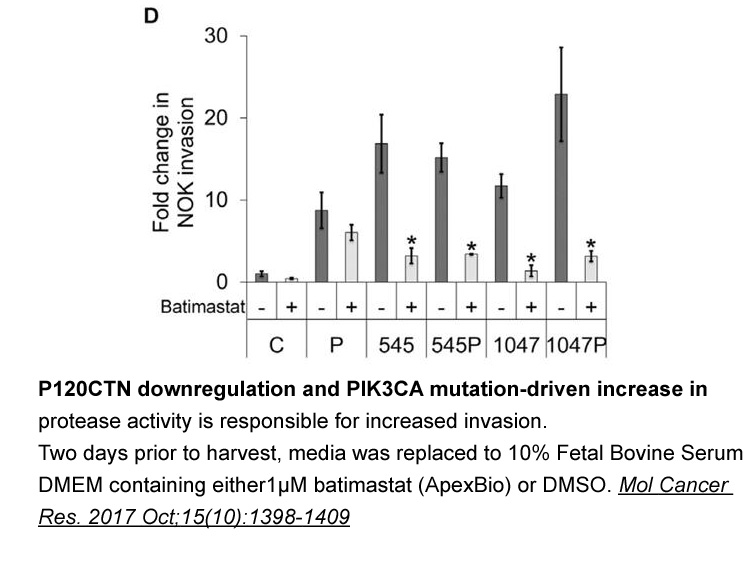
STAR★Methods Author Contributions Acknowledgments The authors thank Monika Kuhn for excellent technical assistance and Dr. Antje Schäfer for valuable scientific input. H.S. was supported by the DFG (FZ 82; Graduate School of Life Sciences and SCHI 425-6/1), and A.V.S. by Northwestern Univer
-
TRAF and TRAF were initially identified as tumor
2020-12-07

TRAF1 and TRAF2 were initially identified as tumor necrosis factor receptor 2 (TNRF2)-associated components, TRAF4 was overexpressed in breast carcinoma cells, whereas TRAF3, TRAF5 and TRAF6 were discovered by their interaction with specific domains in the cytoplasmic tails of trans-membrane recepto
-
ATRX belongs to the switch sucrose non fermenting SWI SNF
2020-12-07
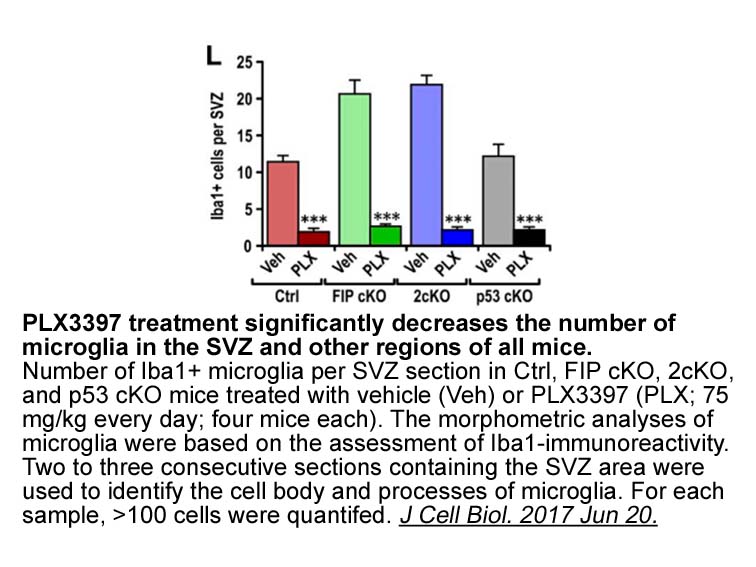
ATRX belongs to the switch/sucrose non-fermenting (SWI/SNF) chromatin remodeling family, mutations in which cause syndromal mental retardation and downregulation of α-globin expression (Gibbons et al., 1995). Most of these mutations are located in two highly conserved regions of the ATRX protein: a
16373 records 761/1092 page Previous Next First page 上5页 761762763764765 下5页 Last page